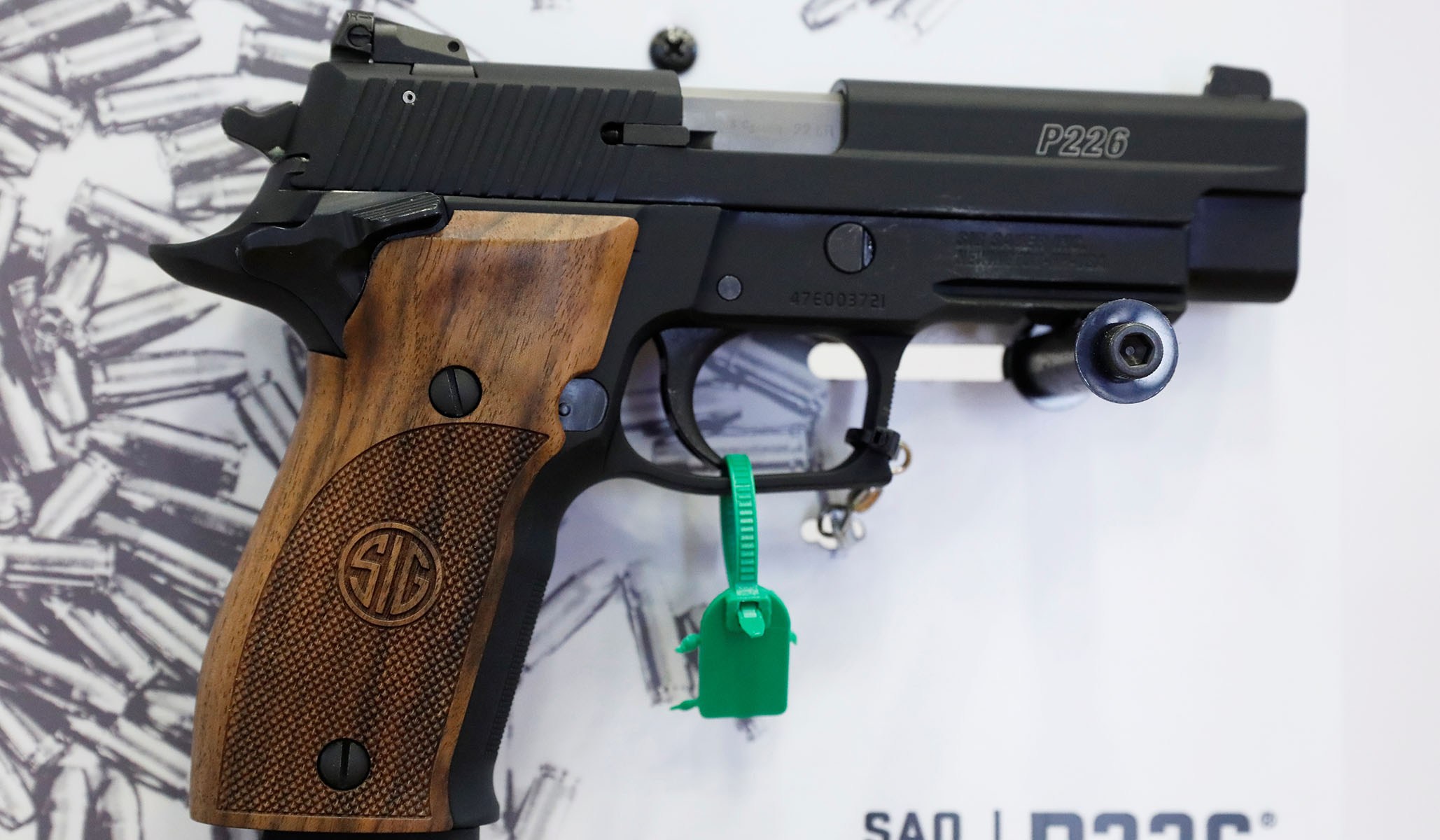By: David French – nationalreview.com – August 13, 2018
Weeks after issuing some surprisingly sensible Second Amendment jurisprudence, the country’s most liberal federal court is up to its old tricks again.
Well, we all knew it wouldn’t last. Weeks after two different Ninth Circuit panels surprisingly upheld Second Amendment rights by blocking California’s confiscation of large-capacity magazines and Hawaii’s ban on open carry, the nation’s most progressive circuit returned to form. In a ruling earlier this month, it upheld one of the most bizarre and nonsensical gun regulations in the nation. It did so by essentially ignoring the plain language of Heller and approving a legal regime that will naturally and inevitably lead to diminishing options for citizens who seek to lawfully exercise their constitutional right to self-defense.
Here are the basic facts. California’s Unsafe Handgun Act requires new handguns sold in the state to have three key safety features. First, new guns must have an indicator that shows when a round is loaded in the weapon’s chamber. Second, new guns must have a magazine-detachment mechanism that prevents the gun from discharging when a magazine is not in it. Finally, the third provision “requires new handguns to stamp microscopically the handgun’s make, model, and serial number onto each fired shell casing.”
The Unsafe Handgun Act is just as problematic as it sounds.
For one thing, to quote the majority opinion: “According to the [plaintiffs], no handguns were available in the United States that met the microstamping requirements. The record does not indicate whether and how these figures have changed over time.” (Emphasis added.) That means California was granting consumers permission to buy guns that didn’t exist on the market.
For another, California “grandfathered in” a defined list of makes and models of handguns exempted from the law, but the list didn’t include a number of the most popular models in the United States, and gun-makers must pay California a fee to keep their weapons on it. Naturally, the list is shrinking fast: “At the end of 2013, the CDOJ’s handgun roster contained 1,273 handguns and 883 semiautomatics. As of oral argument in March 2017, it contained 744 handguns and 496 semiautomatics.” That’s a loss of hundreds of approved weapons in under four years.
Let’s be clear: This law represents slow-motion prohibition. Imagine if California passed an “Unsafe Automobile Act” that said all new cars sold had to either a) come from a roster of models approved by the state only after their manufacturers paid a fee or b) be able to fly. Each year, the approved roster shrank as carmakers either discontinued models or refused to pay the fees. And each year carmakers refused to design and build flying cars.
Well, if you’re on the Ninth Circuit, you might believe that such a law was perfectly fine, because shrinking consumer choice is irrelevant so long as the public can buy something to get you from point A to point B. It wouldn’t even matter if no manufacturer was even trying to enter the flying-car market.
After all, that’s what the Ninth Circuit panel thinks about guns. The majority in the Unsafe Handgun Act case actually wrote this: “Simply because no gun manufacturer is ‘even considering trying’ to implement the technology, it does not follow that microstamping is technologically infeasible.” It also wrote this: “Simply showing that the number of [handguns] on the roster has decreased does not tell us much about whether the availability of handguns has declined in a way relevant to the Second Amendment. It is not the number of handguns on the roster that matters, it is the impact on self-defense in the home.”
One gets the impression that the panel would be completely untroubled even if the legal market shrank to a revolver or two. After all, citizens could still buy a gun, right?
The case is a carnival funhouse of results-oriented jurisprudence. Like most hostile judges since Heller, those in the majority failed to seriously grapple with Justice Scalia’s statement that the Second Amendment protects weapons in “common use” for “lawful purposes.” Instead, their opinion endorsed banning guns in common use so long as consumers can buy other weapons that the courts — in their subjective and uninformed opinion — consider sufficient for self-defense in the home.
There is now a desperate need for the Supreme Court to step forward. Perhaps with Brett Kavanaugh confirmed, the Court will be less reluctant to take a Second Amendment case. In fact, if it can affirm two simple truths — that the right to bear arms protects open or concealed carry outside the home and that the common-use standard means what it says — it will go a long way toward settling most of the contentious gun-control cases of our times.
That would mean there would be a right to carry in all 50 states. That would mean that virtually all assault-weapons bans would fail and most bans on large-capacity magazines would have to be modified to exclude the standard-capacity magazine on a host of lawful weapons. And, yes, it would mean California’s slow-motion prohibition would be set aside. In short, it would mean that the Second Amendment would take its rightful place as an individual right with just as much meaning as each of the other individual rights in the Bill of Rights.
The Ninth Circuit has thrown down another gauntlet. It’s time for SCOTUS to respond.
To see see the article, click read more.
Source: Ninth Circuit Unsafe Handgun Act Ruling: Bizarre, Unconstitutional California Gun-Control Law Upheld
 Listen Online
Listen Online Watch Online
Watch Online Find a Station in Your Area
Find a Station in Your Area







 Listen Now
Listen Now Watch Online
Watch Online
